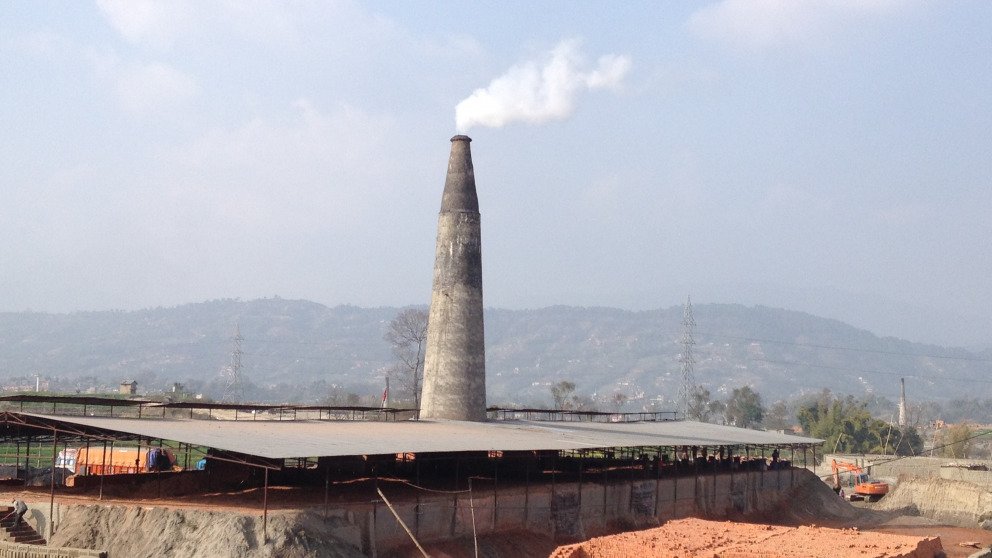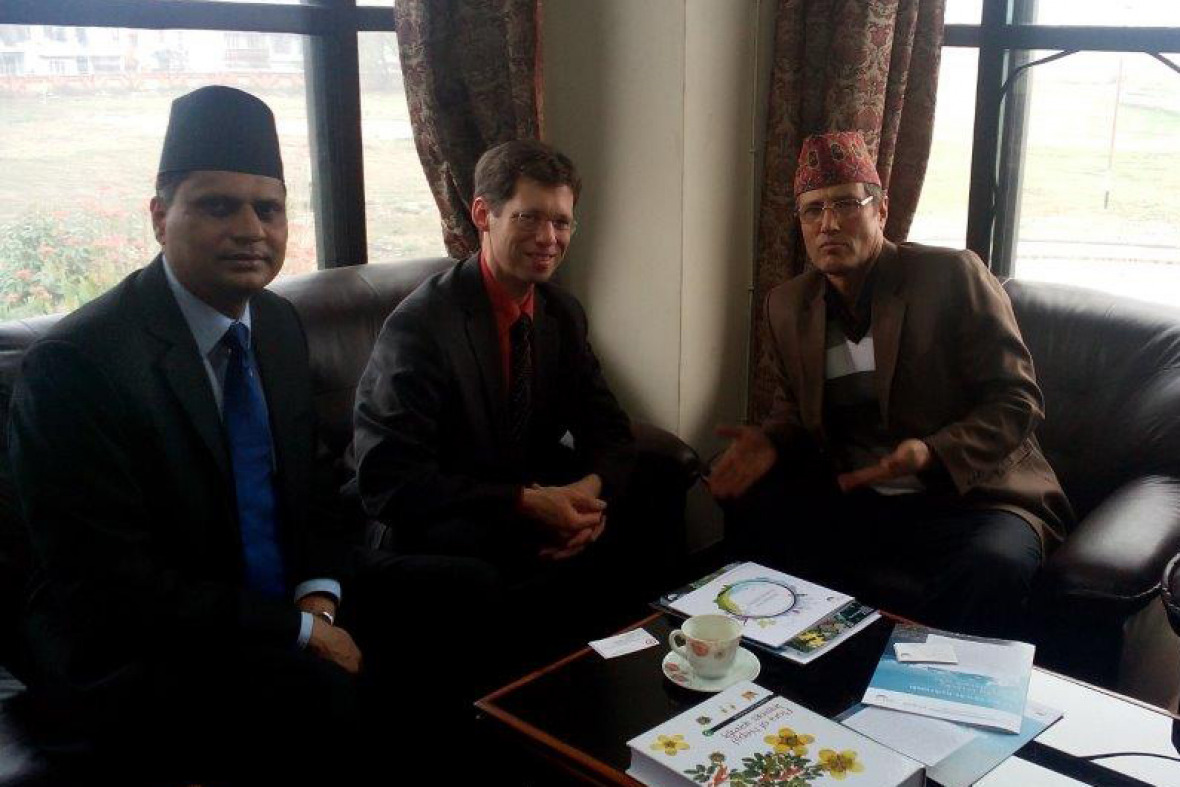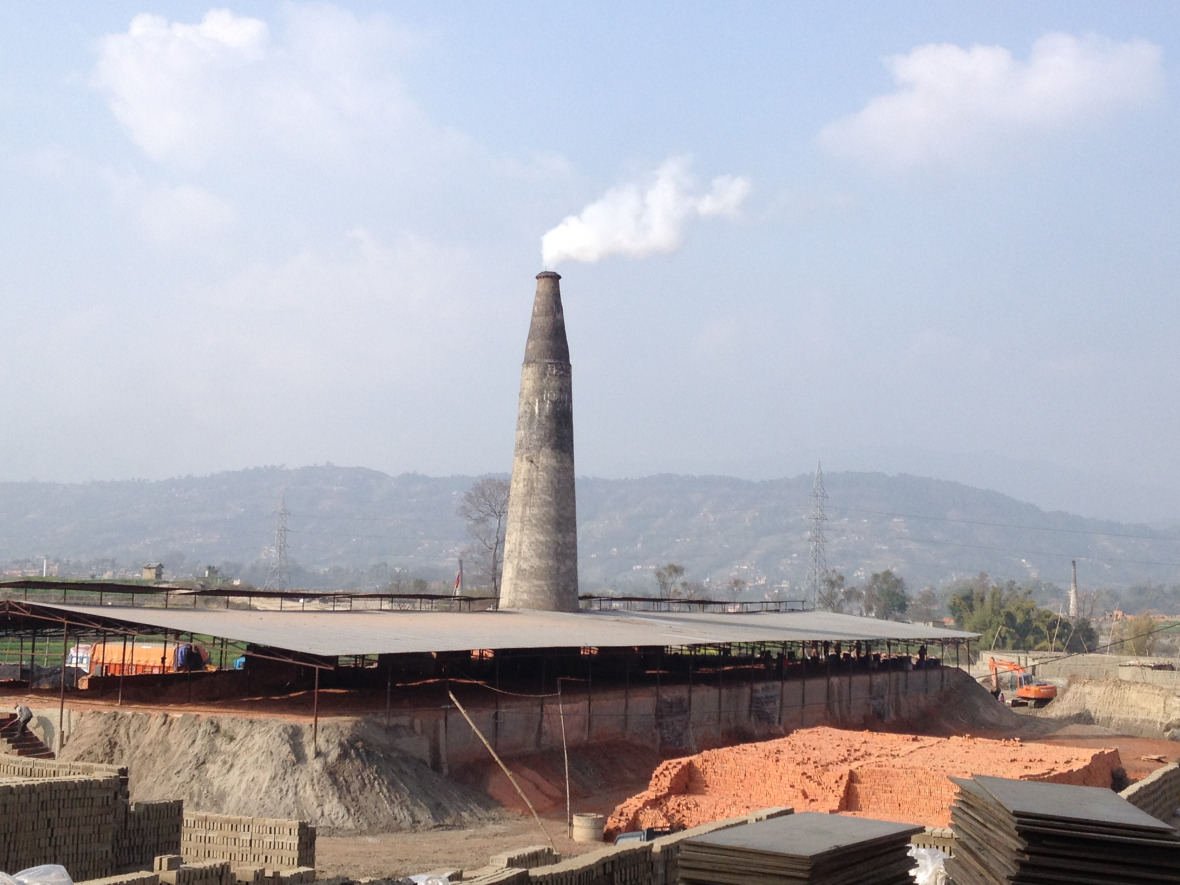Headline:
Less Soot for More Climate Protection and Air Quality: CCAC Meets in Nepal

For decades, the Himalaya Region has been particularly badly affected by climate change and deteriorating air quality. Climate change is not just caused by CO2 emissions; short-lived climate-forcing pollutants (SLCPs) such as soot and ozone also play a role and contribute at the same time to poor air quality. Last week one hundred representatives of the Climate and Clean Air Coalition (CCAC) gathered in Nepal, the country with one of the worst air quality problems in the world. The CCAC is a coalition of states and non-state organisations that was established to tackle climate and air pollutants. As one of two representatives of the non-state partners on the CCAC Steering Committee and lead partner in the CCAC Brick Production Initiative, the IASS was represented by its Scientific Director Mark Lawrence, as well as the researchers Birgit Lode and Maheswar Rupakheti.

IASS expertise on Southern Asia, in particular Nepal, was called for at the initial workshop organised by the CCAC Brick Production Initiative, where the establishment of a global stakeholder network to develop sustainable policy frameworks in the brick production sector was high on the agenda. There, experts from that sector, brick factory owners and policymakers from Africa, Asia and Latin America came together to discuss technologies and best practice in this area. Valuable insights were gained during visits to one brick kiln that uses a fixed chimney bull trench – a technology that represents a significant improvement on artisanal brick-making – and another with an energy-efficient vertical shaft brick kiln.
The brick-making industry is key to reducing soot emissions
At a further international symposium on Technical and Policy Challenges in the Brick Production and Building Sectors, which was jointly organised by the IASS, Mark Lawrence explained why those sectors, with their high soot emissions, are of vital importance to reducing SLCP emissions. Initial estimates suggest that these sectors contribute significantly to poor air quality in Nepal and other regions, which in turn has adverse effects on people’s health. But Lawrence stressed that there was some cause for hope: “Due to soot’s short atmospheric lifetime – on average under a week – measures to reduce soot emissions can be very effective in the short term. If we were to reduce soot emissions to zero in a given region, soot concentrations would drop to very low levels in just one month.”

At the following two-day meeting of the CCAC Working Group, it was decided to continue to support the CCAC Regional Assessments Initiative and extend its reach from Latin America to Asia. The IASS is a partner in this initiative, which aims to develop an action framework for air quality measures at national level. Represented by international law expert Birgit Lode, the IASS is also playing a leading role in the elaboration of a 5-year strategic plan for the CCAC. A draft plan is due to be presented to the environment ministers of the countries represented in the coalition in May 2015. This will ensure that coalition partners will continue to take action to reduce SLCP emissions beyond the Paris Climate Conference (COP21) at the end of the year.
For further information, see:
- Photo gallery of the CCAC Meeting
- SusKat – an IASS research project on air quality in the Kathmandu Valley
10.03.2015
